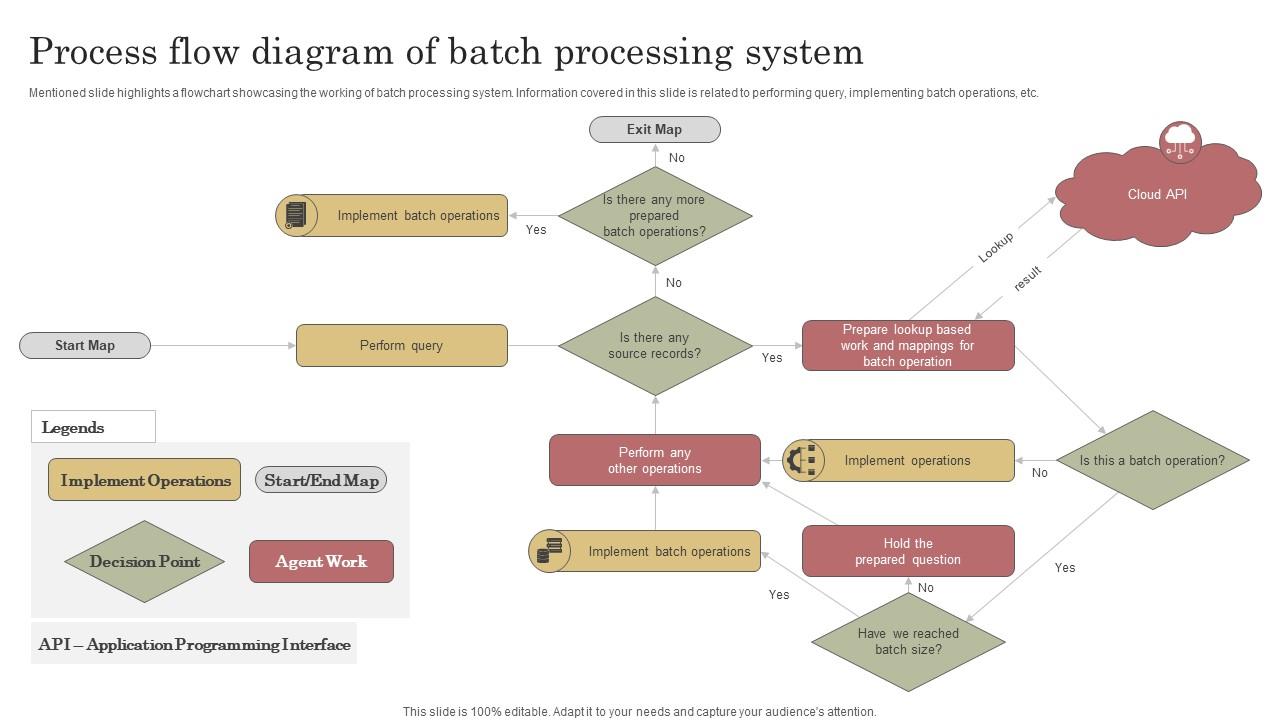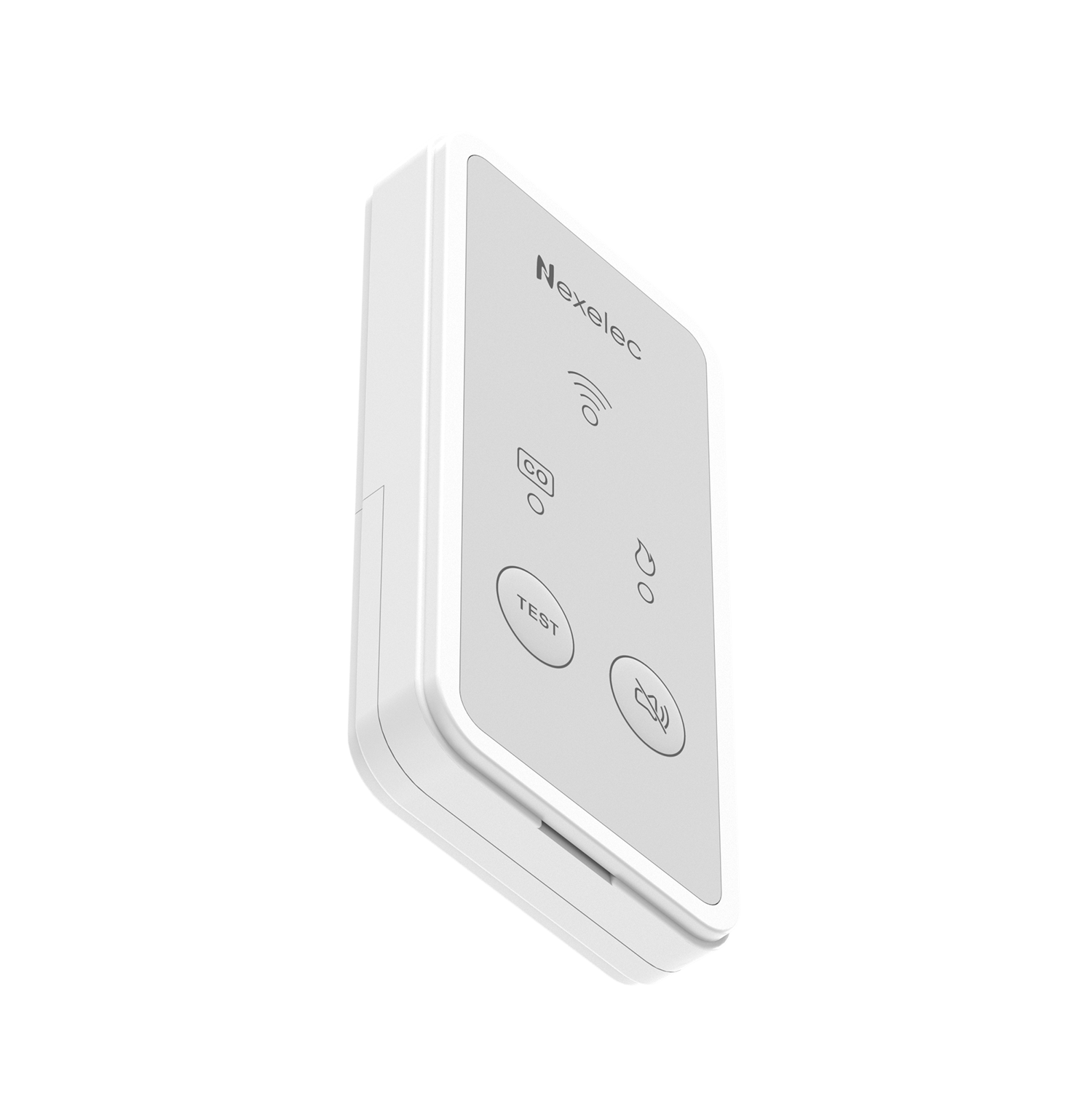RemoteIoT Batch Job Example: A Comprehensive Guide
In today's rapidly evolving technological landscape, RemoteIoT batch job examples have become crucial for businesses and developers aiming to streamline data processing tasks. Whether you're working with IoT devices or integrating complex systems, understanding batch jobs is essential to optimize performance and efficiency. This article will provide an in-depth exploration of RemoteIoT batch jobs, complete with practical examples and expert insights.
As more organizations adopt IoT technologies, the need for efficient data handling has never been greater. RemoteIoT batch jobs play a pivotal role in automating repetitive tasks, ensuring that large datasets are processed accurately and swiftly. This guide will walk you through everything you need to know about RemoteIoT batch job examples, from the basics to advanced implementations.
Whether you're a developer looking to enhance your skills or a business owner seeking to improve operational efficiency, this article will equip you with the knowledge and tools necessary to succeed. Let's dive into the world of RemoteIoT batch jobs and explore their potential.
- Somali Wasmo Telegram A Comprehensive Guide To Understanding The Phenomenon
- Hd Hub 4 U Your Ultimate Destination For Highquality Movies
Table of Contents
- Introduction to RemoteIoT Batch Jobs
- Benefits of Using RemoteIoT Batch Jobs
- Understanding the Architecture of RemoteIoT Batch Jobs
- RemoteIoT Batch Job Example
- Steps for Implementing RemoteIoT Batch Jobs
- Essential Tools for RemoteIoT Batch Jobs
- Common Challenges in RemoteIoT Batch Jobs
- Best Practices for RemoteIoT Batch Jobs
- Industry Applications of RemoteIoT Batch Jobs
- Future Trends in RemoteIoT Batch Jobs
- Conclusion and Call to Action
Introduction to RemoteIoT Batch Jobs
RemoteIoT batch jobs are a fundamental component of modern data processing systems, particularly in the Internet of Things (IoT) ecosystem. These jobs are designed to handle large volumes of data in a sequential manner, ensuring that information is processed efficiently without real-time interaction. By leveraging RemoteIoT batch jobs, organizations can automate tasks such as data aggregation, analysis, and reporting.
Batch processing is particularly advantageous in scenarios where immediate results are not required, allowing systems to focus on optimizing resource utilization. This method is widely used in industries such as manufacturing, healthcare, and transportation, where data is collected from multiple IoT devices and processed at scheduled intervals.
Why RemoteIoT Batch Jobs Matter
The significance of RemoteIoT batch jobs lies in their ability to handle complex data workflows with minimal human intervention. This not only reduces operational costs but also improves accuracy and reliability. As IoT devices continue to proliferate, the demand for efficient batch processing solutions will only increase.
- Comprehensive Guide To Movierulz Kannada 2022 Everything You Need To Know
- Hd4hubu Your Ultimate Guide To Understanding And Maximizing Its Potential
Benefits of Using RemoteIoT Batch Jobs
Implementing RemoteIoT batch jobs offers numerous advantages that can significantly enhance business operations. Below are some of the key benefits:
- Cost Efficiency: By automating repetitive tasks, organizations can reduce labor costs and allocate resources more effectively.
- Scalability: RemoteIoT batch jobs can be easily scaled to accommodate growing data volumes, ensuring that systems remain efficient as they expand.
- Reliability: Batch processing minimizes the risk of errors associated with manual data handling, resulting in more accurate and consistent outputs.
- Performance Optimization: Systems can be optimized to run batch jobs during off-peak hours, reducing strain on networks and improving overall performance.
Understanding the Architecture of RemoteIoT Batch Jobs
To fully grasp the functionality of RemoteIoT batch jobs, it's essential to understand their underlying architecture. This involves several key components:
- Data Collection: IoT devices gather data from various sources, which is then transmitted to a central repository for processing.
- Batch Processing Engine: This component is responsible for executing the batch jobs, following predefined rules and schedules.
- Data Storage: Processed data is stored in databases or data warehouses for further analysis and reporting.
- Monitoring and Reporting: Systems provide real-time monitoring and generate reports to ensure that batch jobs are completed successfully.
How Data Flows in RemoteIoT Batch Jobs
The flow of data in RemoteIoT batch jobs typically follows a structured process:
Data is collected from IoT devices and stored temporarily in a buffer. The batch processing engine retrieves this data, processes it according to specified parameters, and stores the results in a permanent database. Throughout this process, monitoring tools ensure that all steps are executed correctly and any issues are promptly addressed.
RemoteIoT Batch Job Example
A practical example of a RemoteIoT batch job can be seen in the context of smart agriculture. In this scenario, IoT sensors are deployed across a farm to collect data on soil moisture, temperature, and humidity. The collected data is then processed in batches to generate insights that can inform irrigation and fertilization strategies.
Example Workflow:
- Sensors collect environmental data at regular intervals.
- Data is transmitted to a central server for temporary storage.
- A batch job is scheduled to run daily, aggregating and analyzing the collected data.
- Insights are generated and sent to farmers via a mobile application.
Steps for Implementing RemoteIoT Batch Jobs
Implementing RemoteIoT batch jobs involves several critical steps:
- Define Requirements: Clearly outline the objectives and scope of the batch job.
- Select Technology Stack: Choose the appropriate tools and platforms for data collection, processing, and storage.
- Design Workflow: Develop a detailed workflow that specifies how data will be processed and analyzed.
- Test and Optimize: Conduct thorough testing to ensure the batch job functions as intended and make necessary adjustments for optimal performance.
Best Practices for Implementation
When implementing RemoteIoT batch jobs, consider the following best practices:
- Ensure that data collection and processing are aligned with business objectives.
- Regularly monitor system performance and address any issues promptly.
- Document all processes and configurations for future reference and troubleshooting.
Essential Tools for RemoteIoT Batch Jobs
Several tools and platforms are available to facilitate the implementation of RemoteIoT batch jobs. Some of the most popular options include:
- Apache Kafka: A distributed event-streaming platform that enables efficient data collection and processing.
- Apache Spark: A powerful engine for large-scale data processing, ideal for batch jobs.
- Amazon Web Services (AWS): Offers a range of services, such as AWS Batch and AWS IoT, to support batch processing tasks.
Common Challenges in RemoteIoT Batch Jobs
While RemoteIoT batch jobs offer numerous benefits, they also come with certain challenges. These include:
- Data Integrity: Ensuring that data is accurate and consistent throughout the processing pipeline.
- Scalability: Adapting systems to handle increasing data volumes without compromising performance.
- Security: Protecting sensitive data from unauthorized access and potential breaches.
Overcoming These Challenges
To address these challenges, organizations should:
- Implement robust data validation and verification processes.
- Invest in scalable infrastructure and cloud-based solutions.
- Adopt comprehensive security measures, including encryption and access controls.
Best Practices for RemoteIoT Batch Jobs
Adhering to best practices is crucial for maximizing the effectiveness of RemoteIoT batch jobs. Some key recommendations include:
- Automate Monitoring: Use automated tools to continuously monitor batch job performance and identify potential issues.
- Optimize Scheduling: Schedule batch jobs during off-peak hours to minimize impact on system performance.
- Document Everything: Maintain detailed documentation of all processes, configurations, and troubleshooting steps.
Industry Applications of RemoteIoT Batch Jobs
RemoteIoT batch jobs are utilized across various industries, each with unique applications:
- Manufacturing: Automating quality control processes and analyzing production data to improve efficiency.
- Healthcare: Processing patient data to generate insights for better diagnosis and treatment.
- Transportation: Analyzing vehicle performance data to enhance fleet management and reduce maintenance costs.
Future Trends in RemoteIoT Batch Jobs
The future of RemoteIoT batch jobs is promising, with several emerging trends set to shape the landscape:
- Edge Computing: Processing data closer to the source to reduce latency and improve real-time decision-making.
- Artificial Intelligence: Integrating AI into batch processing workflows to enhance automation and predictive capabilities.
- Cloud Integration: Leveraging cloud-based solutions to improve scalability and flexibility.
Conclusion and Call to Action
RemoteIoT batch job examples provide a powerful solution for organizations seeking to streamline data processing tasks. By understanding the architecture, implementation steps, and best practices, businesses can harness the full potential of these technologies to drive growth and innovation.
We encourage readers to explore the resources mentioned in this article and experiment with RemoteIoT batch jobs in their own projects. Don't hesitate to share your thoughts and experiences in the comments section below. Additionally, feel free to explore other articles on our site for more insights into IoT and related technologies.



Detail Author:
- Name : Mr. Ignatius Cormier
- Username : horacio39
- Email : mkihn@yahoo.com
- Birthdate : 1984-04-29
- Address : 420 Maiya Neck West Tyrique, NE 05665-2379
- Phone : 1-878-575-5582
- Company : Kovacek and Sons
- Job : Earth Driller
- Bio : Voluptate reprehenderit aut ullam nesciunt sint. Veniam magnam rerum harum sed labore expedita. Eveniet quia necessitatibus consectetur et. Sint voluptatem id dolorem et eaque aliquam.
Socials
linkedin:
- url : https://linkedin.com/in/vella1128
- username : vella1128
- bio : Aut minima ipsum dicta neque.
- followers : 4303
- following : 1645
twitter:
- url : https://twitter.com/leannonv
- username : leannonv
- bio : Mollitia error aperiam molestias eius recusandae. Quibusdam voluptatibus et autem quisquam excepturi ipsam ut. Id aspernatur et nulla alias in.
- followers : 6646
- following : 2254